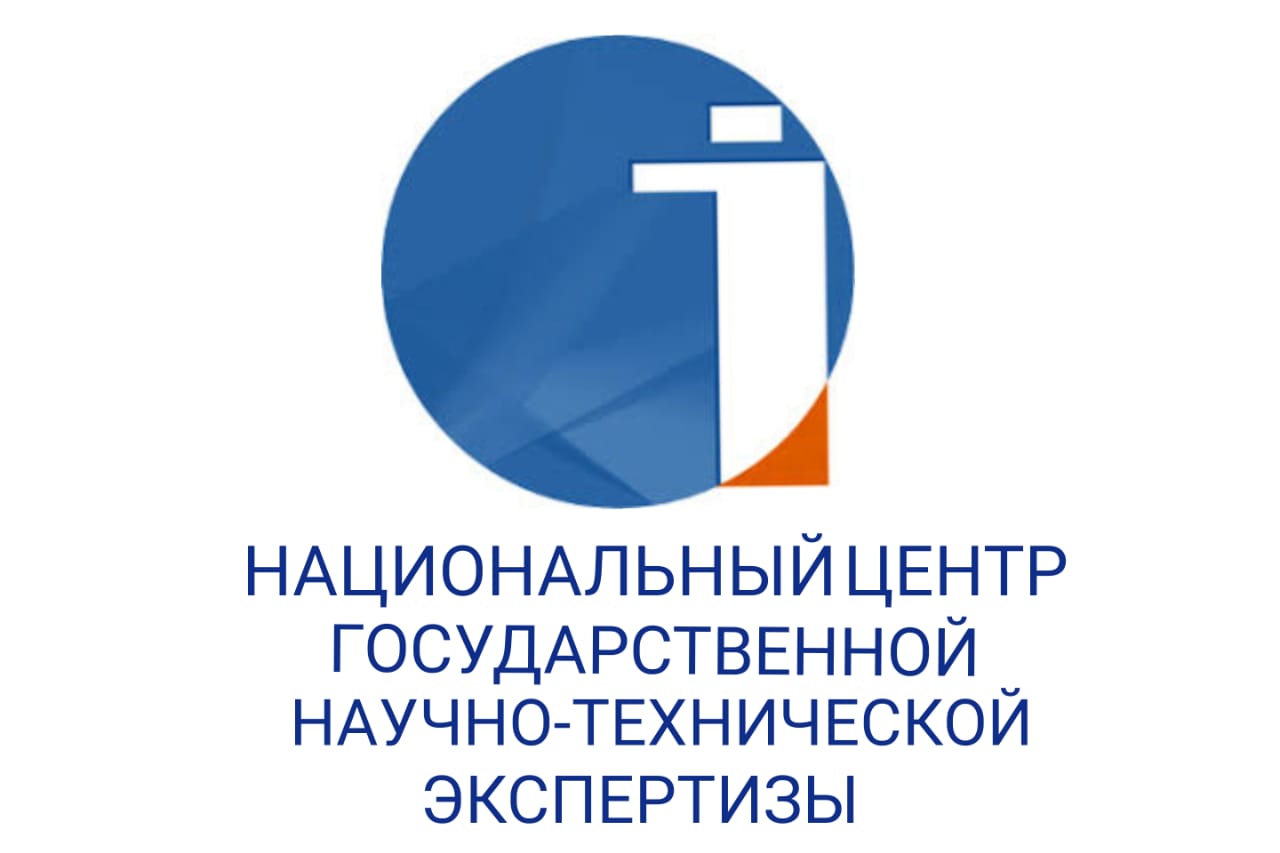the TRANSLATION FEATURES FOR METAPHORS AND FIGURATIVE COMPARISONS IN K. ZHUMADILOV’S DILOGY “DARABOZ" INTO ENGLISH AND RUSSIAN LANGUAGES
DOI:
https://doi.org/10.48371/PHILS.2024.73.2.014Keywords:
metaphor, figurative comparison, translation transformations, figurative and semantic specificity of language, stylistic device, analogy, figurative similarities, literal translationAbstract
This article finds the main ways of transferring metaphors and figurative comparisons on the basis of artistic expression in K. Zhumadilov's dilogy «Daraboz» into Kazakh, Russian and English languages, which can be shown as its novelty.
We used the primary methods of metaphor and comparison translation that were identified by Komissarov as well as Newmark, together with the peculiarities of the researched literary texts, and a parallel examination of the original and translated texts was used to achieve the research goal. All of the aforementioned research methods intended to the issues that could arise when translating metaphor and comparison into another language.
The purpose of this article is to investigate and organize systems for translating metaphors and figurative comparison from Kazakh into Russian and English languages.
There are a lot of analogies and figurative similarities in the language of the dilogy «Daraboz».
The practical value of the study is determined by the fact that the examples will be helpful for future translators who are going to work with translation of metaphors and figurative comparisons. Further, the investigation results illustrate various ways of translating these stylistic techniques. In addition, we found that the most frequent way of metaphors and figurative comparison translation has become a literal translation.
The study's findings demonstrate that K. Zhumadilov's language is distinguished with rich image and a significant number of metaphors and metaphorical expressions.
This was shown when the dilogy of «Daraboz» was analyzed from the perspective of the employment of lexical visual means of language.








